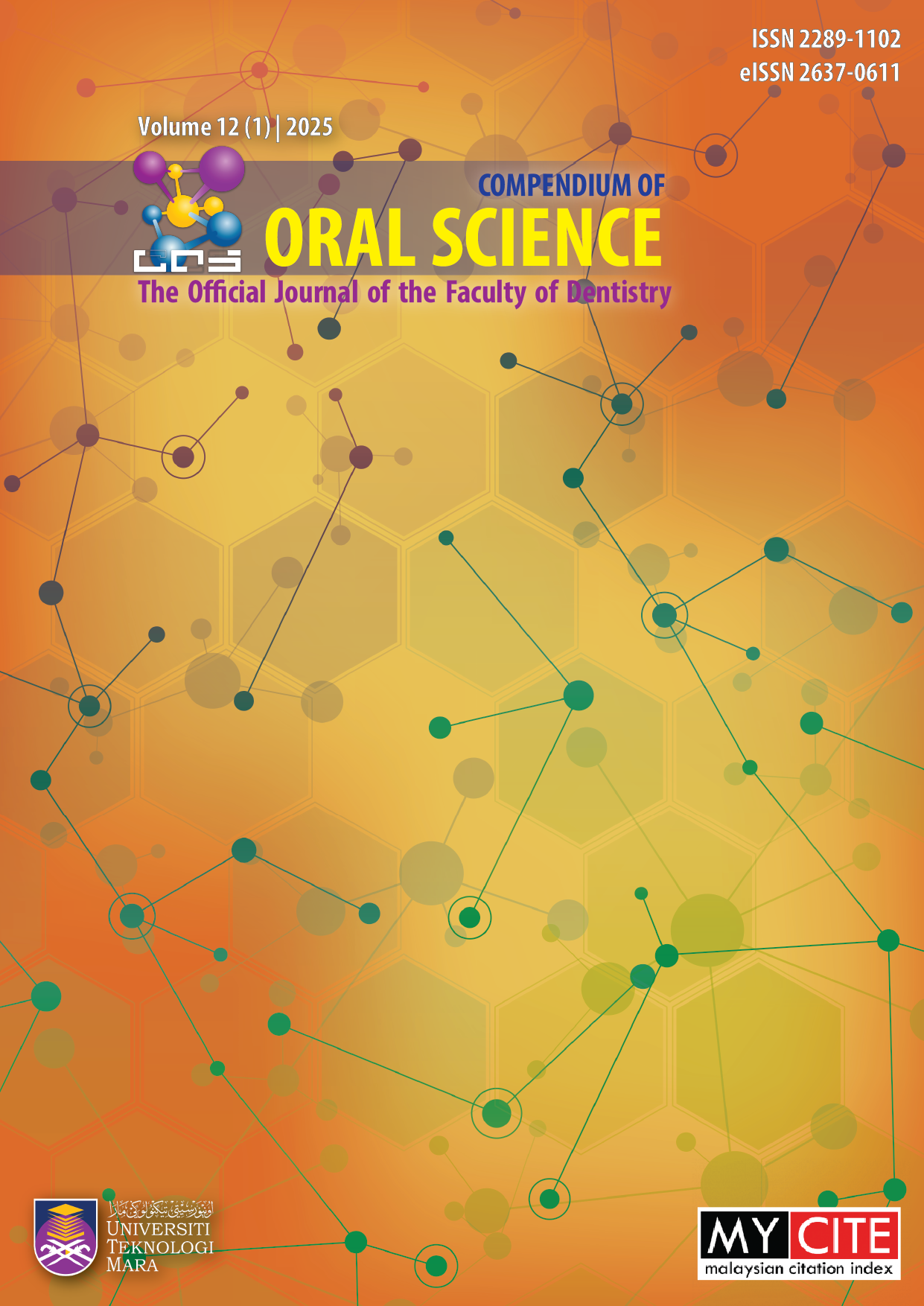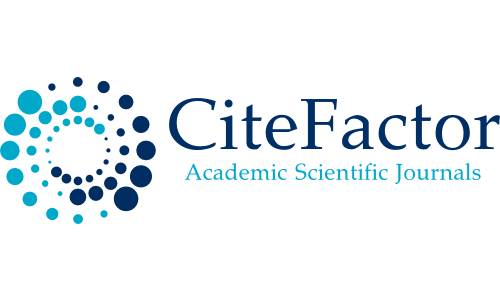Epigenetic Mechanisms of Oral Leukoplakia: A Systematic Review
DOI:
https://doi.org/10.24191/cos.v12i1.5653Keywords:
epigenetic, genomic instability, oral leukoplakia, oral premalignant lesions (OPLs)Abstract
Objectives: Oral leukoplakia (OL) is the most common type of oral potentially malignant disorder and has a malignancy transformation rate ranging from 0.1% to 17.5%. The rates of malignant transformation of oral leukoplakia (OL) to oral carcinoma can reach as high as 70%. Epithelial dysplasia in OL is linked to progression toward malignant transformation. We performed a systematic review (SR) to identify the epigenetic alterations and progression of OL. Methods: The study protocol was registered in PROSPERO, ID: CRD42024497161. We searched PubMed, MEDLINE, Scopus, ScienceDirect, Web of Science, ClinicalKey and Wiley databases from 2018 to 2023. This SR was conducted following PRISMA guidelines, and articles were selected based on defined inclusion and exclusion criteria. Results: Seven studies met the inclusion criteria. Results documented that epigenetic malignant transformation of LO involved hyper and hypo methylations CpG promoter of tumor suppressor gene, Enhancer of zeste homolog 2 (EZH2) expressing cells in both the epithelium and the connective tissues, methylation in Retinoic Acid Receptor Beta (RARβ) promoter, involvement non-coding miRNA correlate positively with the degree of dysplasia, salivary miRNA demonstrated potential for the diagnosis and follow-up of OL patients. Conclusion: Epigenetic noncoding miRNA biomarkers have potential mechanistic roles as targets for early diagnosis and as prognostic markers for the transformation of OL cells to malignancy.
Downloads
Published
How to Cite
Issue
Section
License
Copyright (c) 2025 Compendium of Oral Science

This work is licensed under a Creative Commons Attribution-NonCommercial 4.0 International License.
Materials contained in the journal may be reproduced for educational purposes provided that both the author(s) and the journal are appropriately recognised; otherwise duplication is not permitted. No articles, reports, or portions there of may be translated into other languages, published in books, journals, magazines, or any other print form without written permission from the authors and from the journal.
Disclaimer: The statements, opinions and data expressed in the articles and reports herein are those of the author(s) and not of the publisher and the editor(s). The publisher and the editor(s) disclaim responsibility for any injury to persons or property resulting from any schemes, methods, instructions or ideas referred to in the content.















